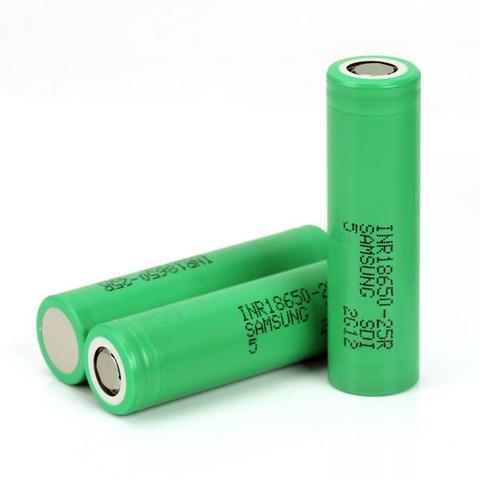Researchers at top institutes are claiming new knowledge for traditional batteries used in cell phones and laptop computers. They are replacing the customary battery electrodes to get a new and enhanced version of the older one.
Carbon Nanotubes
Powerful electrodes of a brand new design are being produced by the scientists at MIT. By using solutions containing carbon nanotubes with another positive and negative charge they have been able to make a stable coating of film on the electrodes. You can also purchase the lithium batteries at very affordable cost by navigating this site https://nuenergystorage.com/production-logistics/
&format=png&height=304&mode=crop&quality=80&scale=both&width=540&zoom=1&404=default)
Switching the Old for the New
The scientist asserts that replacing old conventional electrodes on the batteries with the newly designed carbon nanotubes electrodes will result in an exponential growth of power-to-weight ratio for batteries used in cellular phones and notebook computers.
The new and improved batteries will outperform the standard lithium-ion batteries that are so widely used today. This is possible due to the fact that a more porous electrode contains more collections of oxygen molecules and thus can store significantly more lithium ions. Carbon nanotubes are extremely effective thermal conductors as well.
Limited Supply and Demand
The supply of carbon nanotubes currently in production is small and mainly limited to niche-suppliers. There are several companies, however, configuring to start mass production when possible. Since the supply and demand attributes begin to equalize, it could only spell out great news for customers.

